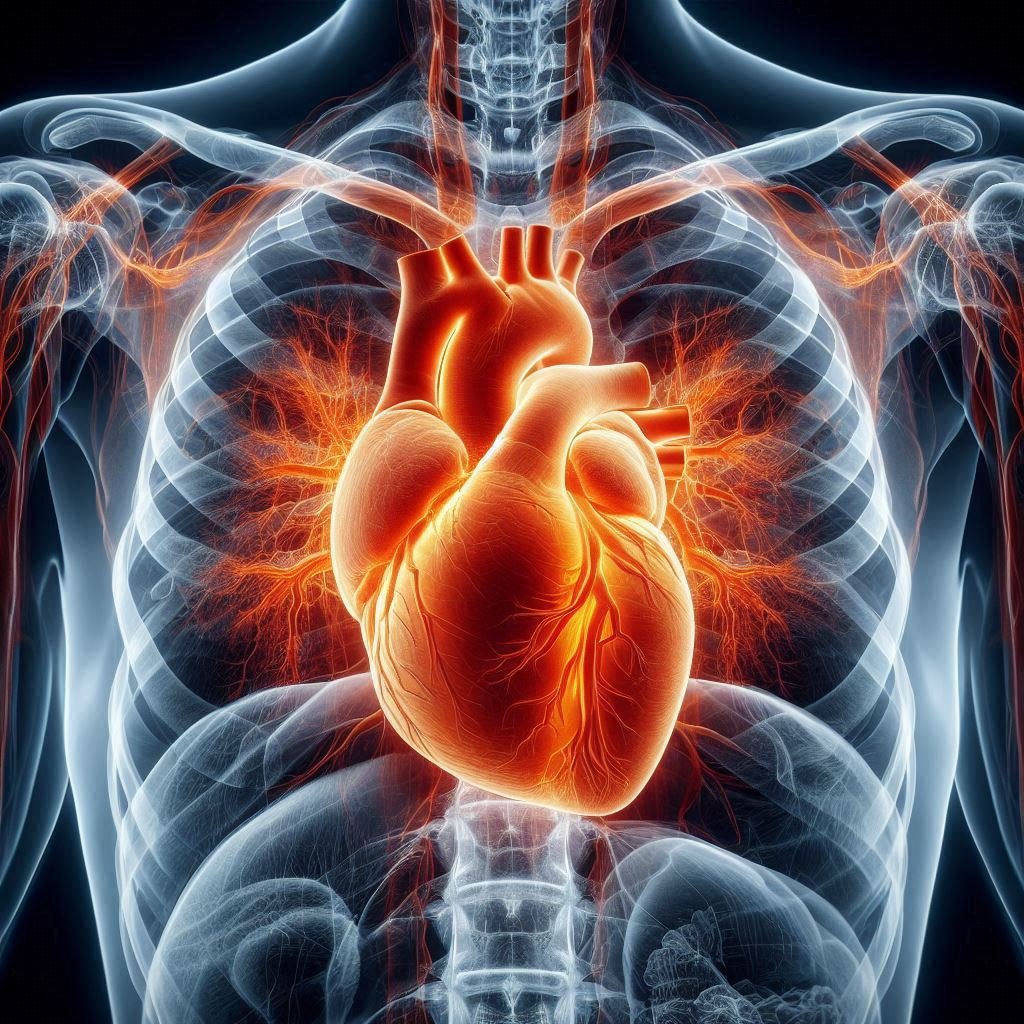
Pericarditis is a disorder caused by inflammation of the pericardium, which is the sac-like covering of the heart. The pericardium has an inner and outer layer with a small amount of lubricating fluid between them. Pericarditis frequently causes a characteristic chest pain that usually compels one to seek medical attention. Pericarditis may be acute or chronic. The sharp chest pain associated with acute pericarditis occurs when the pericardium rubs against the heart’s outer layer. It is usually a complication of viral infections, most commonly echovirus or coxsackie viruses. Less frequently, it can be caused by influenza or HIV infection. Infections with bacteria can lead to bacterial pericarditis (also called purulent pericarditis). Pericarditis is the name given to a variety of diseases, all of which have the major characteristics of inflammation of the pericardium and an increase in volume of the pericardial fluid. Constrictive Pericarditis is present when a fibrotic, thickened, and adherent pericardium restricts diastolic filling of the heart. It usually begins with an initial episode of acute pericarditis, which may not be detected clinically.
The most common symptom of pericarditis is sharp, stabbing chest pain behind the breastbone or in the left side of your chest. Pericarditis most often affects men aged 20-50, usually following respiratory infections. It can also occur in children, where it is most commonly caused by adenovirus or coxsackie virus. Patients who have suffered a heart attack (myocardial infarction) may develop pericarditis over subsequent days or weeks. Kidney failure caused by the buildup of certain toxins in the body also can lead to pericarditis. In people who have AIDS, a number of infections, including tuberculosis, may result in pericarditis. In the early stages of pericarditis, it may be hard to tell whether your chest pain is from inflammation or from a possible heart attack. The visceral pericardium is attached to the epicardial fat and reflects back on itself to form the parietal pericardium. The pericardium normally contains as much as 50 mL of an ultrafiltrate of plasma. Pericarditis is a progressive disease which can be life-threatening if not treated in a timely manner.
Causes of Pericarditis
The common causes and risk factor’s of Pericarditis include the following:
A viral, bacterial or fungal infection.
Trauma.
Auto-immune diseases (such as rheumatoid arthritis, lupus, or scleroderma).
Tumors.
Chest trauma.
After heart surgery.
Kidney failure, or drugs.
Other diseases such as rheumatoid arthritis.
Symptoms of Pericarditis
Some sign and symptoms related to Pericarditis are as follows:
Ankle, feet and leg swelling (occasionally).
Irregular heartbeat..
Splinting of ribs (bending over or holding the chest) with breathing.
Anxiety.
Loss of appetite.
A low-grade fever.
Shallow breathing.
Increase in heart-rate.
Treatment of Pericarditis
Here is list of the methods for treating Pericarditis:
Painkillers will ease the pain. If the pain is severe, steroid medicines may be used to reduce the inflammation.
Occasionally steroids are used for severe attacks.
Medicines, such as aspirin, ibuprofen, or other nonsteroidal anti-inflammatory drugs (NSAIDs), are commonly used to manage the pain and inflammation.
Fungal pericarditis should be treated with antifungal agents.
Sometimes pericarditis is treated in the hospital. If you need to be hospitalized, you will be given strict bed rest until your symptoms abate.
Diuretics to treat heart failure symptoms.




